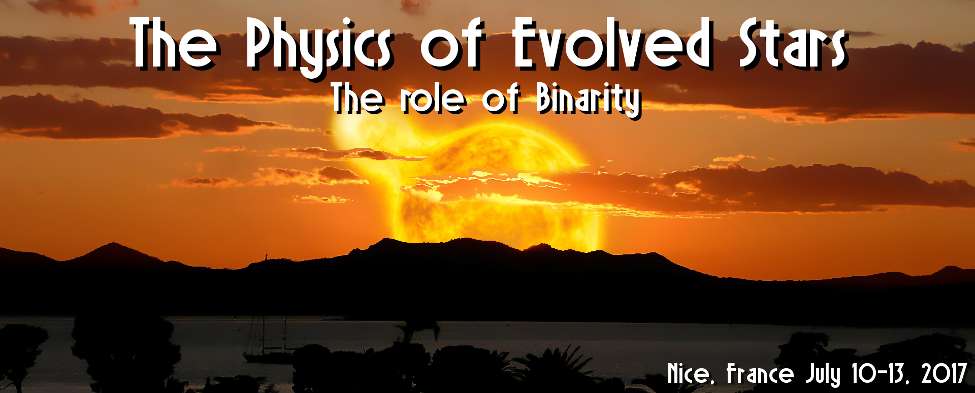Novae are close binary systems consisting of a white dwarf as the primary star and a giant or main sequence star as the secondary. The occurrence of a nova is very unpredictable. So, for a systematic study of nova system, a grid model consisting of all the possible parameter sets is considered. In order to understand the physical process, we need to have detailed information of the system regarding temperature, luminosity, Hydrogen density, and elemental abundances. Using the grid model, we can extrapolate the values of these physical parameters. In this work, we have constructed 1792 models and used the photoionization code Cloudy to create a database of line flux ratios of 56 H and He recombination lines (relative to Hβ) prominently seen in novae emission spectra, covering a wide wavelength region. From the observed spectra, we can determine the veocities and temperature of the ejecta. Comparing the observed line flux ratios with the modeled one for a set of known observables, we can determine the other parameter values, e.g. luminosity, Hydrogen densiy etc. For the first time, we are able to quantify the observables systematically over a broad range of parameters.
|


